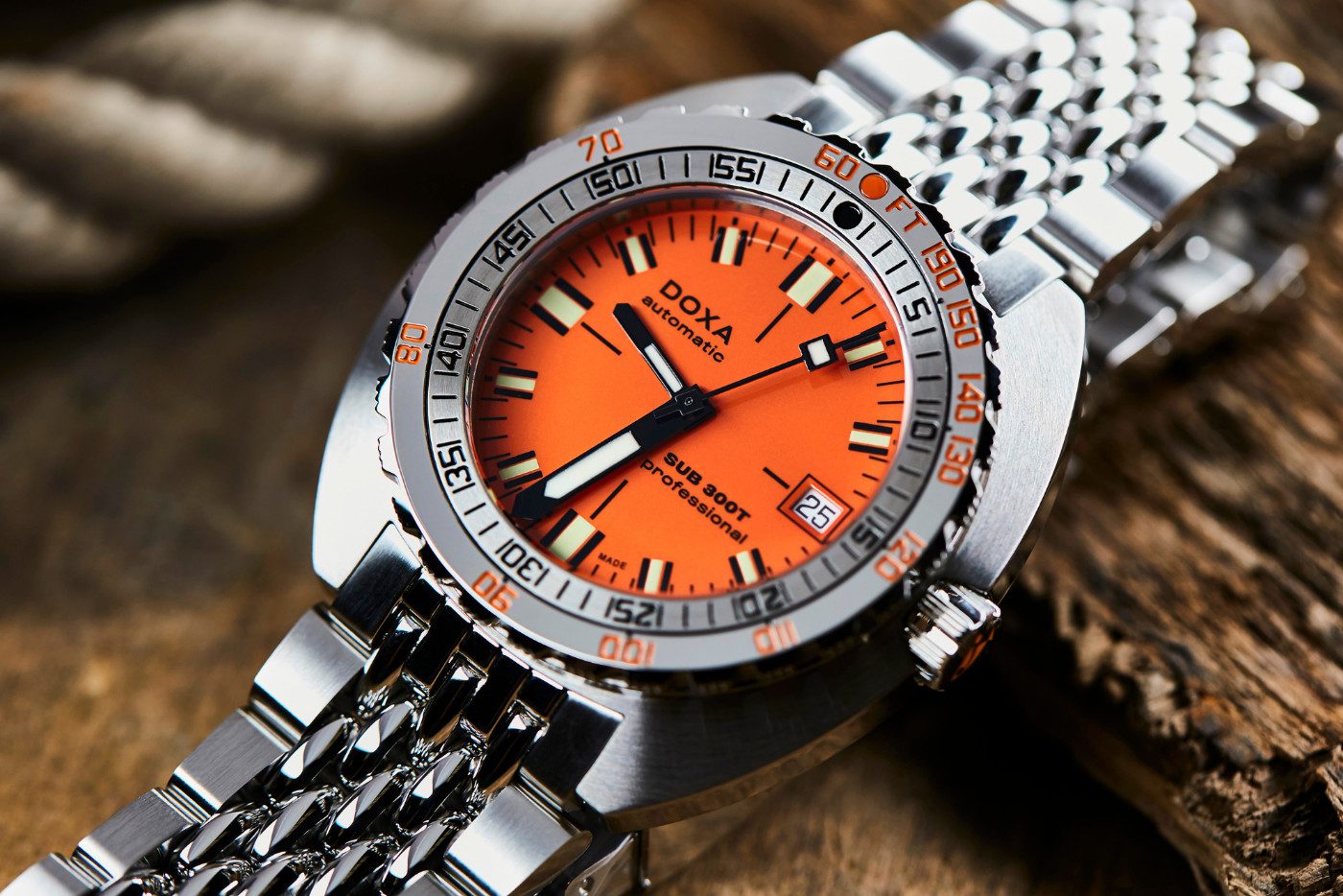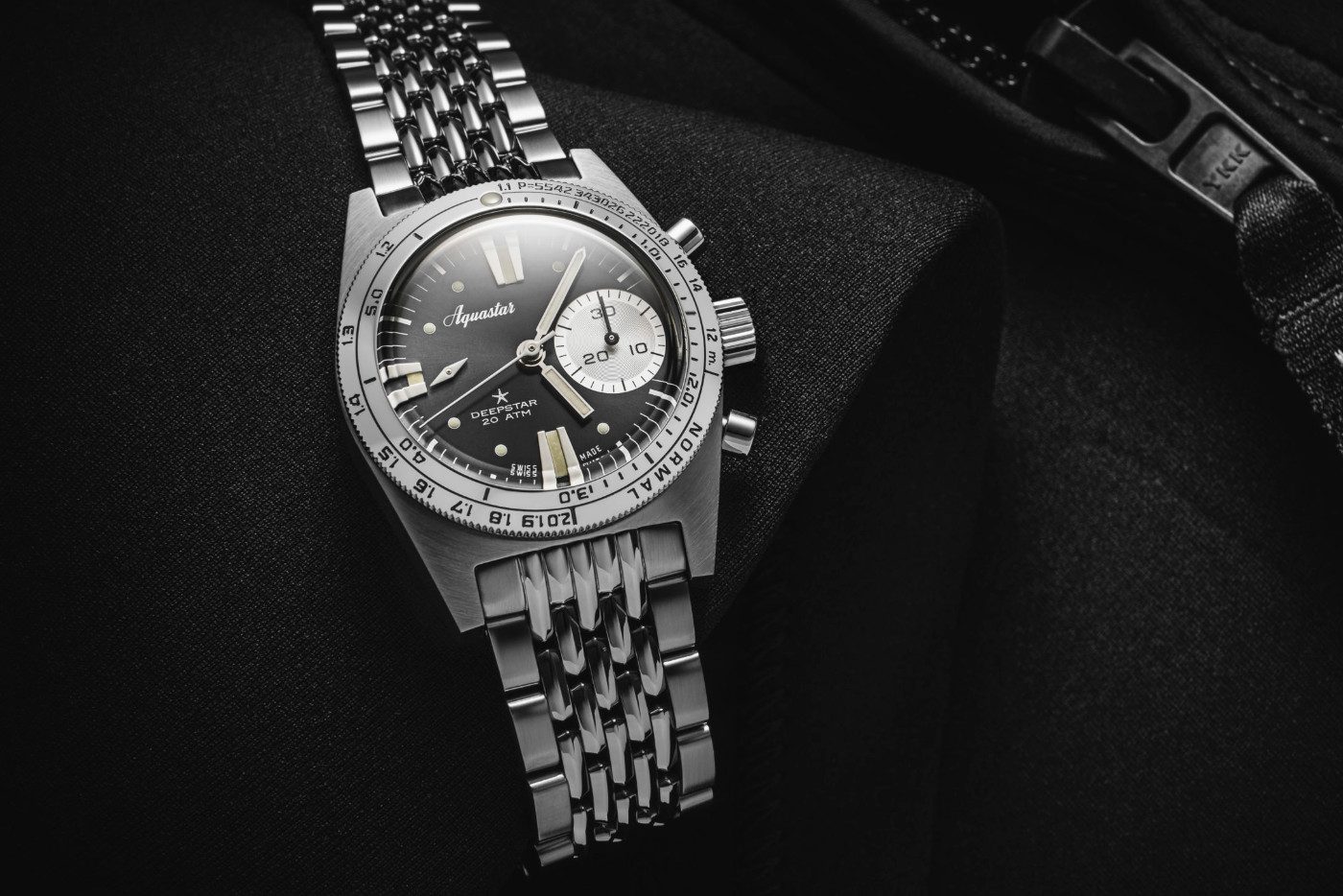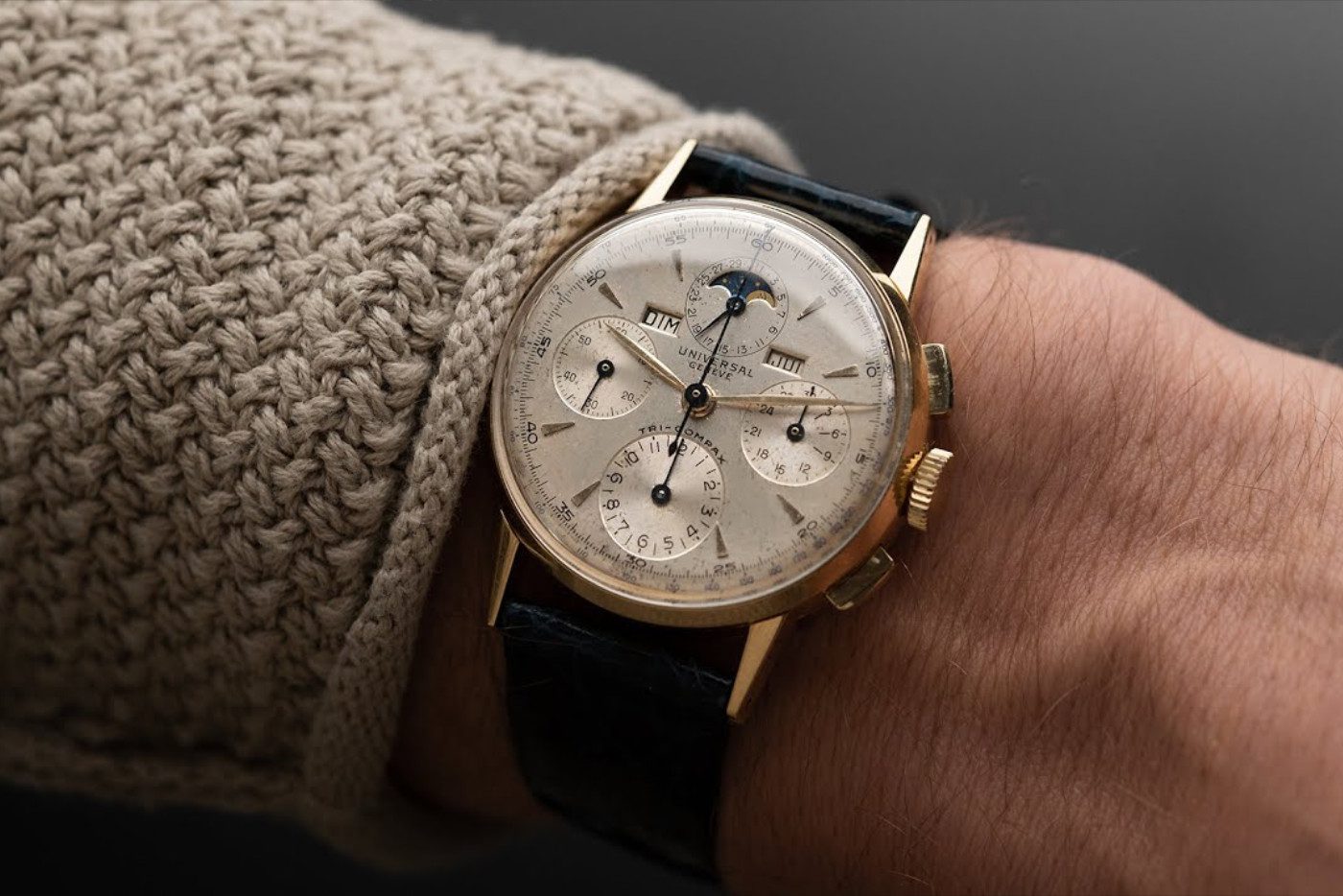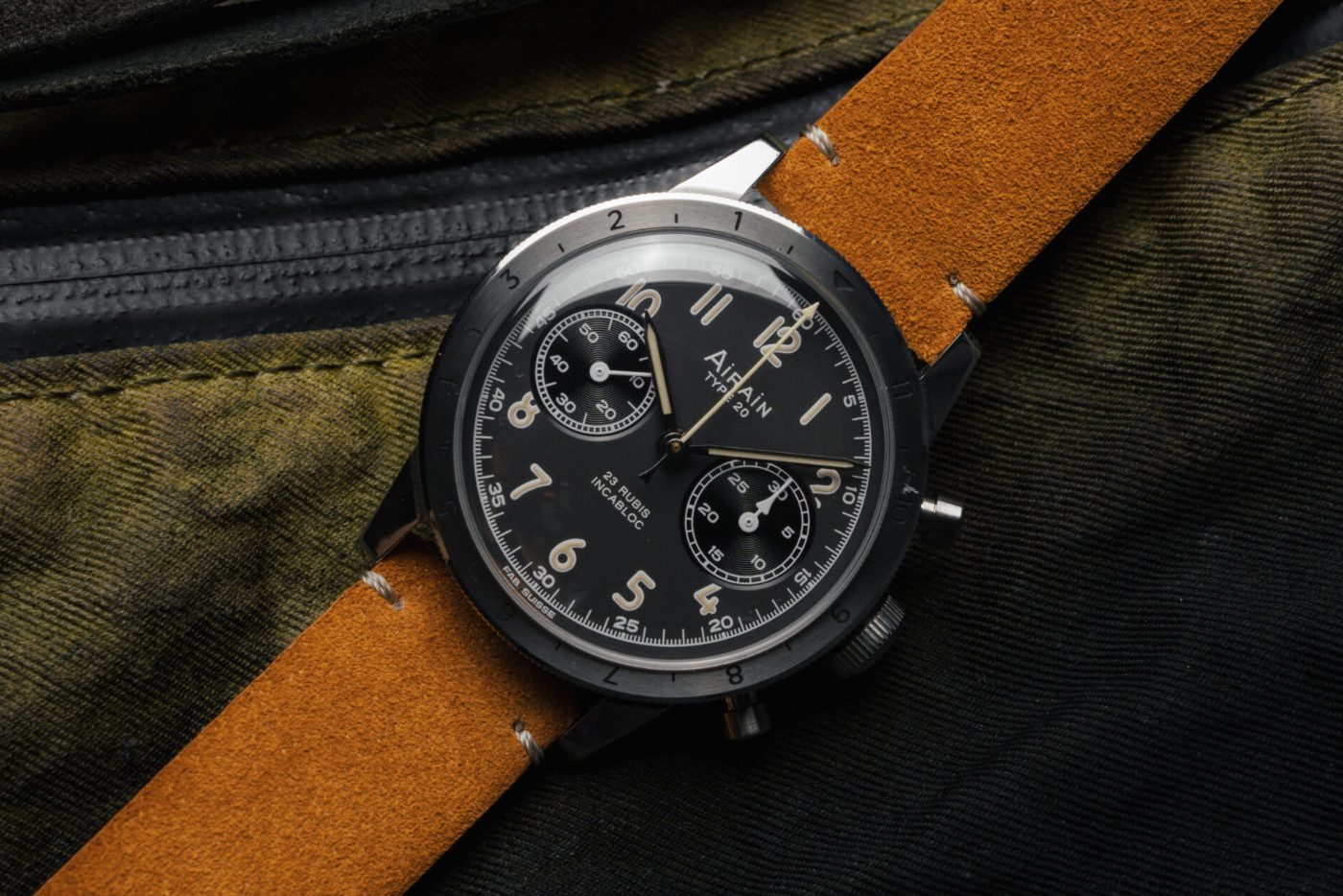How to revive a brand from the ashes
Daniel PintoRevitalizing a watch brand is a challenge that some have successfully overcome. From Doxa, with its legacy in marine exploration, to H. Moser, which boldly reinvents itself, these brands have found the balance between tradition and modernity. In this article, we explore how historic brands have re-emerged, appealing to nostalgia and winning over new collectors.
Since the late 1970s, with the advent of quartz technology thanks to our friends at Seiko, much of the usefulness derived from the watch as an instrument vanished. From that moment on, the watch became merely an accessory, a decorative element that brands very stealthily positioned as a symbol of status and success. Today, the luxury watch is just that, a luxury product. It may have functions, but always under the umbrella of luxury. It often comes laden with nostalgia, as today's high-net-worth adults grew up in the 1970s, 1980s, and 1990s, longing for one of those incredible tools from their favorite brands, which were famously taken on adventures as diverse as the discovery of the ocean floor, the lunar landing, or some of the most dangerous and exciting car races in history.

Thus, with keen commercial instinct, some astute executives have revived legendary watch brands that died during, or shortly after, the quartz crisis. These brands vary in size, price, and offering, but they all share a strong nostalgic core: designs that are carbon copies of their greatest hits and an almost sectarian fan base eager to enjoy the robustness and quality of a modern product, yet imbued with the design aura of the golden decades of creativity.
Let's start with my favorite: Doxa was a pioneering name in early marine exploration, notable for its signature orange dial color, also known as the "professional," and most notably, rising to fame on the wrist of none other than Jacques Yves Cousteau and his Calypso . The magic of Doxa's case architecture makes seemingly enormous watches fit perfectly on all wrists, even the slimmest.
This is how the brand revived a few years ago, bringing its greatest hits back to the world of real diving and desktop diving. Not so much in diving equipment catalogs, but on its own website, with a collection that has intelligently grown, incorporating new materials like carbon, smaller sizes, and special editions without ever losing the spirit of the original design.

Additionally, the brand has resisted the temptation to raise its prices, respecting its utilitarian origins and its fans who choose it again and again as the unbeatable value proposition for those seeking quality, credibility, and personality in design. Aquastar used an almost exactly the same plan for its re-launch. It chose the most commercial model in its catalog, the wonderful Deepstar , reworked it respecting the original design but with modern technology, set a very competitive price, and launched it exclusively through its website. This new venture by the brand has been a true success, with products constantly SOLD OUT. It has also launched a second model: the Bentos , a more exclusive and interesting chronograph, also faithfully respecting the original design.
These two brands undoubtedly have the potential for continued growth, but they must define what they will do when their legacy catalog models run out and they are forced to think outside the box, incorporating new silhouettes and incremental products for their current customers. At least so far, they've done a great job and have shown that it's possible to use the microbrand model for legacy brands, as long as that original spirit is respected and the people behind the business are truly passionate about the brand, just like its original founders.

At the other end of the spectrum is the favorite of our friends at Hodinkee. We're talking about Universal Genève , a brand that was huge until the 1970s, competing head-to-head with Rolex and Omega and even having Gérald Genta on its design team (he redesigned the Polerouter). It was abruptly forgotten, but thanks to Ben and his team, it has gained notoriety over the last 15 years with models like the Tricompax (did someone say Nina Rindt?) and the Polerouter , often increasing in value to well over four figures.
Now acquired by the same group of investors responsible for Breitling, we firmly believe that Georges Kern's innovative spirit, combined with the technical expertise that Breitling has developed recently (they have just launched their first chronograph movement with a perpetual calendar), will make this relaunch a success.
Obviously, we'll see past designs make a comeback, but don't expect an entry-level brand. Here we'll have a premium product, with top-notch mechanics and an investment worthy of a brand with UG's legacy that's preparing to compete at the highest levels of luxury. These three super-successful cases surely emboldened other smaller brands that have taken their first steps on a smaller scale and with mixed results.

Vertex , Nivada , and Airain have also embarked on a direct-to-consumer model, but they don't seem to have the same reach as those mentioned at the beginning of this article, despite following a similar formula of relaunching their greatest hits, targeting affordable prices, and focusing their marketing efforts on the Internet. These are uncertain prospects, so they could flourish and continue to gain market share, or they could also wither away in the shadow of lower-than-expected sales or their dependence on third-party suppliers for manufacturing. We'll be paying close attention to see what's next in this entry-level segment.
And finally, we can't forget to mention the most disruptive of all. Led by the Meylan brothers, H. Moser , a very old and rarely remembered brand, only takes the name of the original house. Everything else has been redesigned, repackaged, and remarketed for the new generation. Watches made of cheese, dials made of the blackest black material in existence, and pandas spinning records are just some of the repertoire Moser has launched on the market in recent times.

Best of all, they can also sustain their rebellious attitude with a top-quality product. For example, no one can doubt that the Streamliner has become a true icon among ultra-luxury sports watches. It's not uncommon to see it in the same conversation as the Nautilus and the Royal Oak , as those who doubted the brothers are now more convinced than ever that this brand has a future and will soon surpass some brands that have been around for hundreds of years. It has managed to embrace the modern way of doing business in an industry that remains "bolted" to the traditions of the last century. Moser is the Phoenix that rose from the ashes wearing sequins, drunk, and insulting its colleagues. Who doesn't love a good redemption story?







